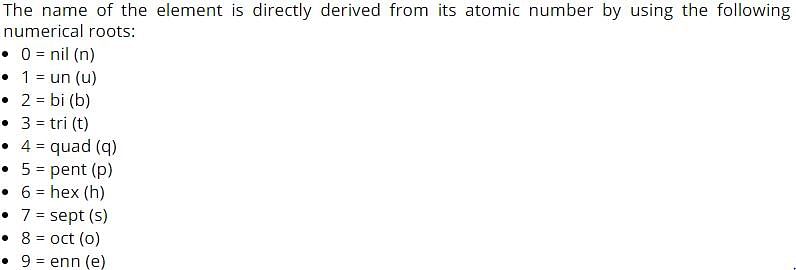Test: Classification of Elements and Periodicity in Properties (May 12) - JEE MCQ
15 Questions MCQ Test - Test: Classification of Elements and Periodicity in Properties (May 12)
Which of the following statements is false?
The order of Decreasing radius is
| 1 Crore+ students have signed up on EduRev. Have you? Download the App |
For alkali metals, which one of the following trends is INCORRECT?
Dmitri Mendeleev (1834-1907) and the German chemist, Lothar Meyer (1830-1895) proposed arranging elements in
According to the recommendation of International Union of Pure and Applied Chemistry (IUPAC), the groups in the modern periodic table are numbered from
Ionization enthalpy increases across a period because
Choose one of the following in th increasing order of bond length
For the four successive transition elements (Cr, Mn, Fe and Co), the stability of + 2 oxidation state will be there in which of the following order? (At. nos. Cr = 24, Mn = 25, Fe = 26, Co = 27)
A transition metal ion exists in its highest oxidation state. It is expected to behave as
The sequence of ionic mobility in aqueous solution is
In the periodic table Electronegativity generally
Al(3+)<Mg(2+)<Na+<F−<O(2−)<N(3−) The above can be aptly described as
Generally, the first ionization energy increases along a period. But there are some exceptions. One which is NOT an exception is ______.
Which of the following will have the most negative electron gain enthalpy and which one the least negative? P, S, Cl, F.
For Atomic numbers greater than 100 IUPAC has made recommendation that until a new element ‘s discovery is proved, and its name is officially recognized, a systematic nomenclature be derived directly from the atomic number of the element using the numerical roots for 0 and numbers 1-9. The name 'sept' in this scheme corresponds to the digit


















